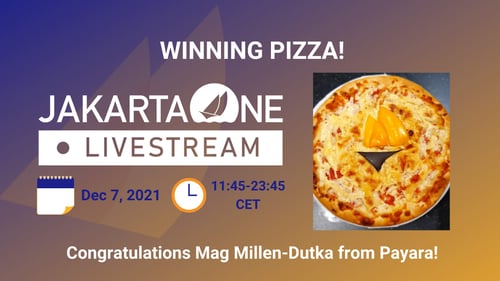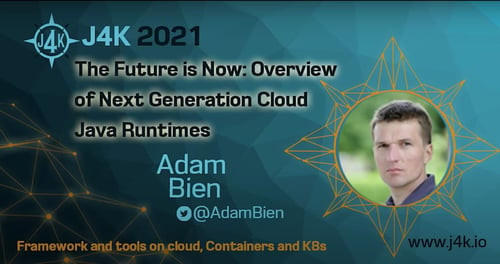Posts tagged Payara Cloud (6)
Four Steps To Jakarta EE Cloud Deployment With Payara Cloud
Published on 07 Nov 2023
by Luqman Saeed
Topics:
Payara Cloud
|
0 Comments
Deploying Jakarta EE applications to the cloud can be a complex task if you are using traditional deployment options like containers, Kubernetes or other such options, but not with Payara Cloud. Uploading a Jakarta EE binary artefact (.war file) and deploying it to the cloud can be achieved in four straightforward steps. They are:
Watch the Recording: Assessing Jakarta EE Cloud Deployment Options in a Cloud Native Era
Published on 12 Sep 2023
by Dominika Tasarz
Topics:
Cloud,
JakartaEE,
Payara Events,
Payara Cloud,
Jakarta EE
|
0 Comments
Are you a Jakarta EE Developer? Are you looking to level up your cloud deployment? You have options!
In this technical webinar, our expert Luqman Saeed talks you through 3 key options for your cloud deployment with Jakarta EE:
☁️Docker Containers to Azure Web Apps
☁️Jakarta Runtime installation on a virtual machine and app deployment
☁️Fully managed Jakarta EE cloud deployment runtimes
This is also a great webinar if you are curious about Payara Cloud as we are also discussing many different cloud deployment options- if you have heard about our new fully managed cloud native application runtime for Jakarta EE, this your chance to see exactly how it works.
Try Payara Cloud for Free! No More Training Developers in Kubernetes...
Published on 10 Aug 2023
by Priya Khaira-Hanks
Topics:
Cloud,
MicroProfile,
JakartaEE,
Payara Cloud,
Jakarta EE
|
0 Comments
Payara Cloud is our fully-managed cloud native application runtime.
Unlike building an application server deployment on a Cloud Infrastructure as a Service or on raw Kubernetes, Payara Cloud takes care of provisioning infrastructure, installation, configuration, deployment and scaling of your application. Any web application following the Jakarta Web Profile specification can be uploaded and it will run in a containerized Payara Micro instance.
New Guide: A Business Guide To Cloud Deployment Options For Jakarta EE Applications
Published on 02 Feb 2023
by Priya Khaira-Hanks
Topics:
Java EE,
Cloud,
JakartaEE,
Payara Cloud,
Jakarta EE
|
0 Comments
Simplify Jakarta EE in the Cloud!
Published on 12 Dec 2022
by Priya Khaira-Hanks
Topics:
Java EE,
Cloud,
MicroProfile,
JakartaEE,
Payara Cloud
|
0 Comments
What’s New in Jakarta REST 3.1 in Jakarta EE 10?
Published on 28 Nov 2022
by Luqman Saeed
Topics:
REST,
JakartaEE,
Payara Cloud,
Jakarta EE
|
0 Comments
The Representational State Transfer or RESTful architecture is a stateless, HTTP based communication standard for modern applications. It was originally proposed by Dr. Roy Fielding in hisPhD thesis. It has, over the years, become the default, programming language-agnostic means of enabling machine-to-machine communication. An application written in the Django framework in Python can have REST resources that are consumed by another application written in Java with Jakarta EE. Similarly, a Jakarta EE application can create resources that can be consumed by a C# application.
Deploying to Payara Cloud from a GitHub Action Workflow
Published on 05 Sep 2022
by Patrik Duditš
Topics:
CLI,
Cloud,
Cloud-native,
Payara Cloud,
Getting Started with Payara Cloud
|
0 Comments
Payara Cloud provides an easy-to-use user interface to allow your application to run in a managed cloud environment. While this is very convenient for configuration and troubleshooting work, integration in continuous deployment pipelines calls for something else. Our answer is deploying to Payara Cloud using a GitHub Action Workflow and Payara Cloud Command Line (PCL).
Ignore Infrastructure and Concentrate on Code with Jakarta EE and Payara Cloud
Published on 26 Jul 2022
by Priya Khaira-Hanks
Topics:
Cloud-native,
JakartaEE,
Payara Cloud
|
0 Comments
Java EE, now Jakarta EE, makes it possible for developers to focus purely on the development of a Java enterprise application, solving the business logic without needing to think about infrastructure and operations when writing code. Payara Cloud extends this philosophy by also eliminating the need to worry about infrastructure and operations when preparing your application to run in the cloud. Together, Jakarta EE and Payara Cloud let you focus on writing code and delivering solutions to business challenges from the moment you write your first piece of code to the day people are using your application successfully on the cloud.
We are currently offering limited free previews of Payara Cloud to businesses - follow the link below:
Payara at the JakartaOne Livestream
Published on 13 Jan 2022
by Priya Khaira-Hanks
Topics:
Java EE,
Microservices,
MicroProfile,
Cloud-native,
JakartaEE,
Java,
Payara Cloud
|
0 Comments
The JakartaOne Livestream is a huge event in the Jakarta EE and MicroProfile calendar. Organised by the Eclipse Foundation, it is a one-day virtual conference for developers and technical business leaders.
It brings insight into the current state and future of Jakarta EE and related technologies focused on developing cloud-native Java applications.
VIDEO: Adam Bien - The Future is Now (Payara Cloud)
Published on 09 Nov 2021
by Priya Khaira-Hanks
Topics:
Java EE,
Microservices,
MicroProfile,
Cloud-native,
JakartaEE,
Java,
Payara Cloud
|
1 Comment
Adam Bien explored the possibilities of Payara Cloud in his recent talk for the 2021 J4K conference!
He used the Payara Cloud demonstration environment - with the caveat that the user interface is not completed yet - to demonstrate how our next generation application server creates a "serverless" environment; moving the "plumbing behind the scenes" so you only have to worry about selecting your WAR, clicking deploy, and running it on the cloud!
.jpg?width=500&name=Cloud%20Promo%20Pics%20-%20Free%20Trial-06%20(1).jpg)
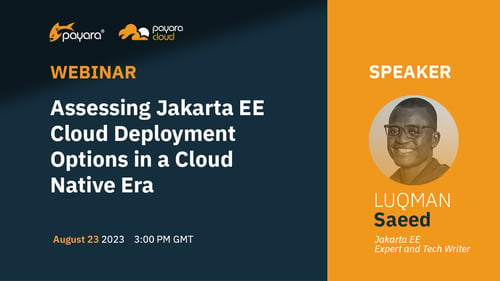
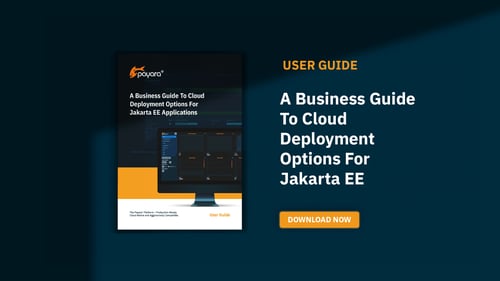
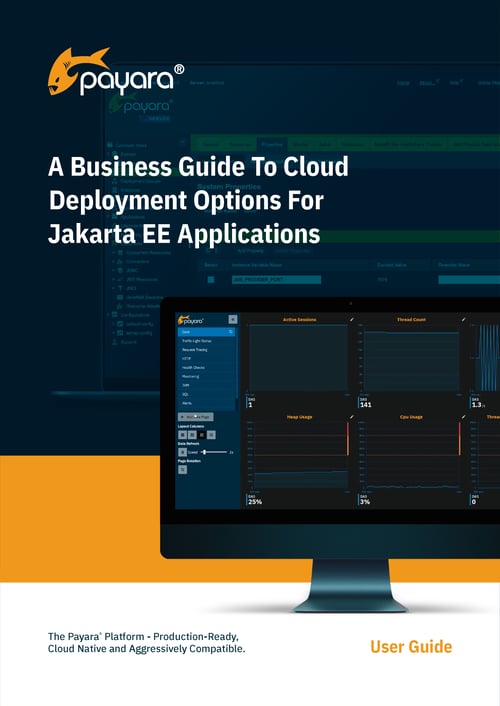
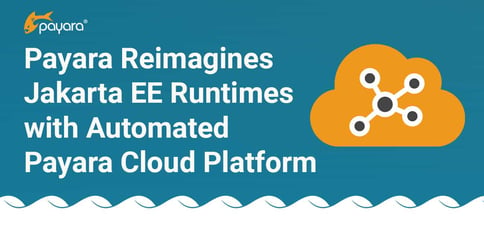
-1.png?width=500&name=MicrosoftTeams-image%20(270)-1.png)
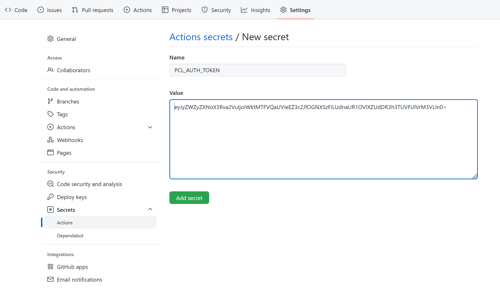
-png.png?width=500&name=Benefits%20of%20jakarta%20EE%20model%20(2)-png.png)
